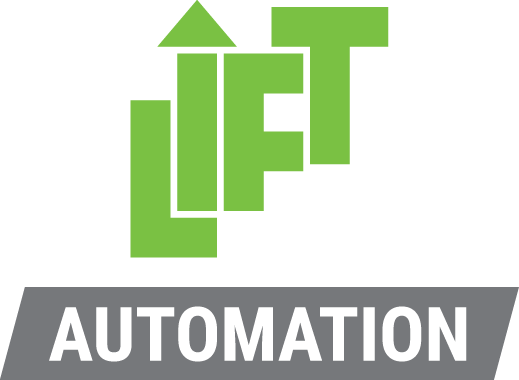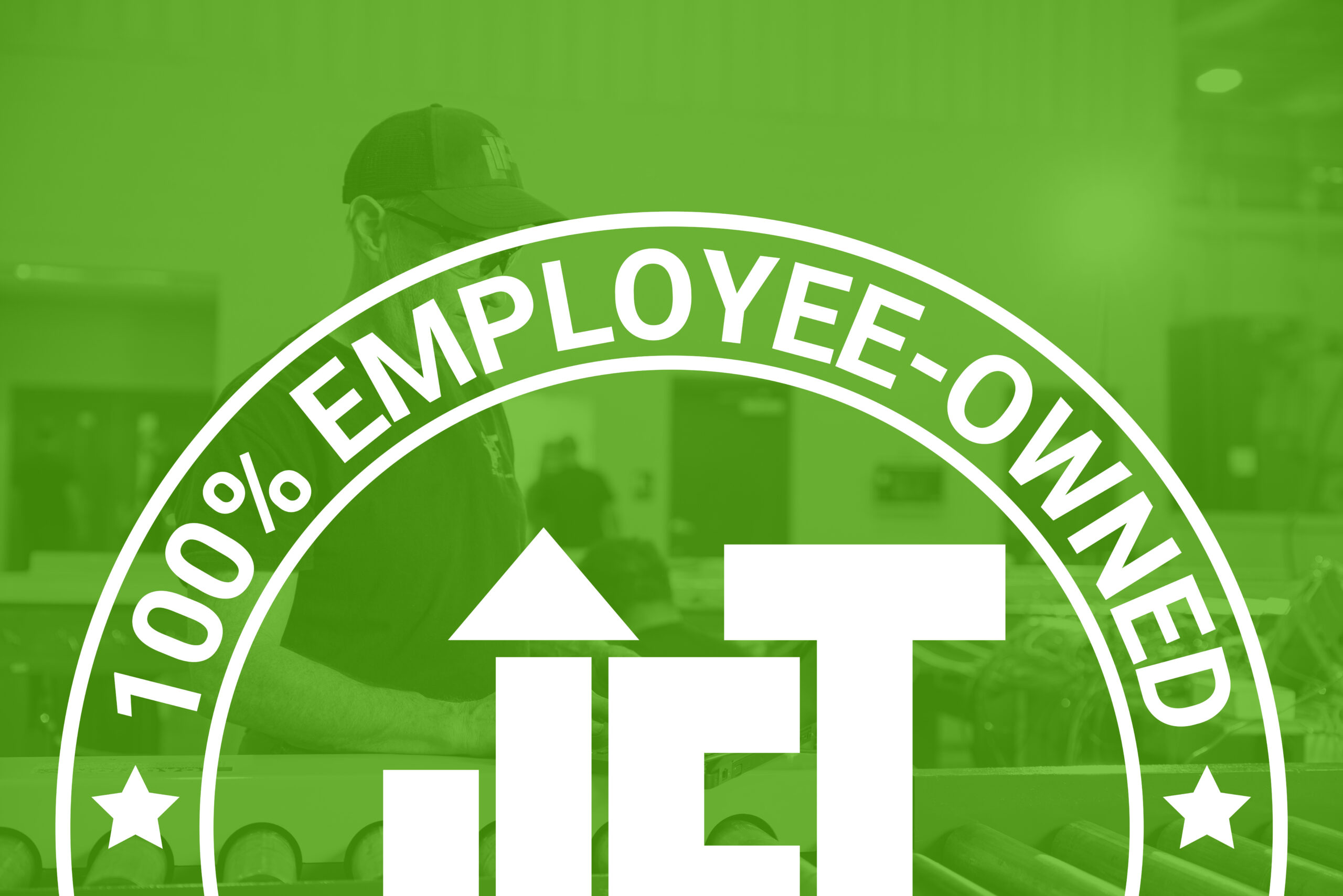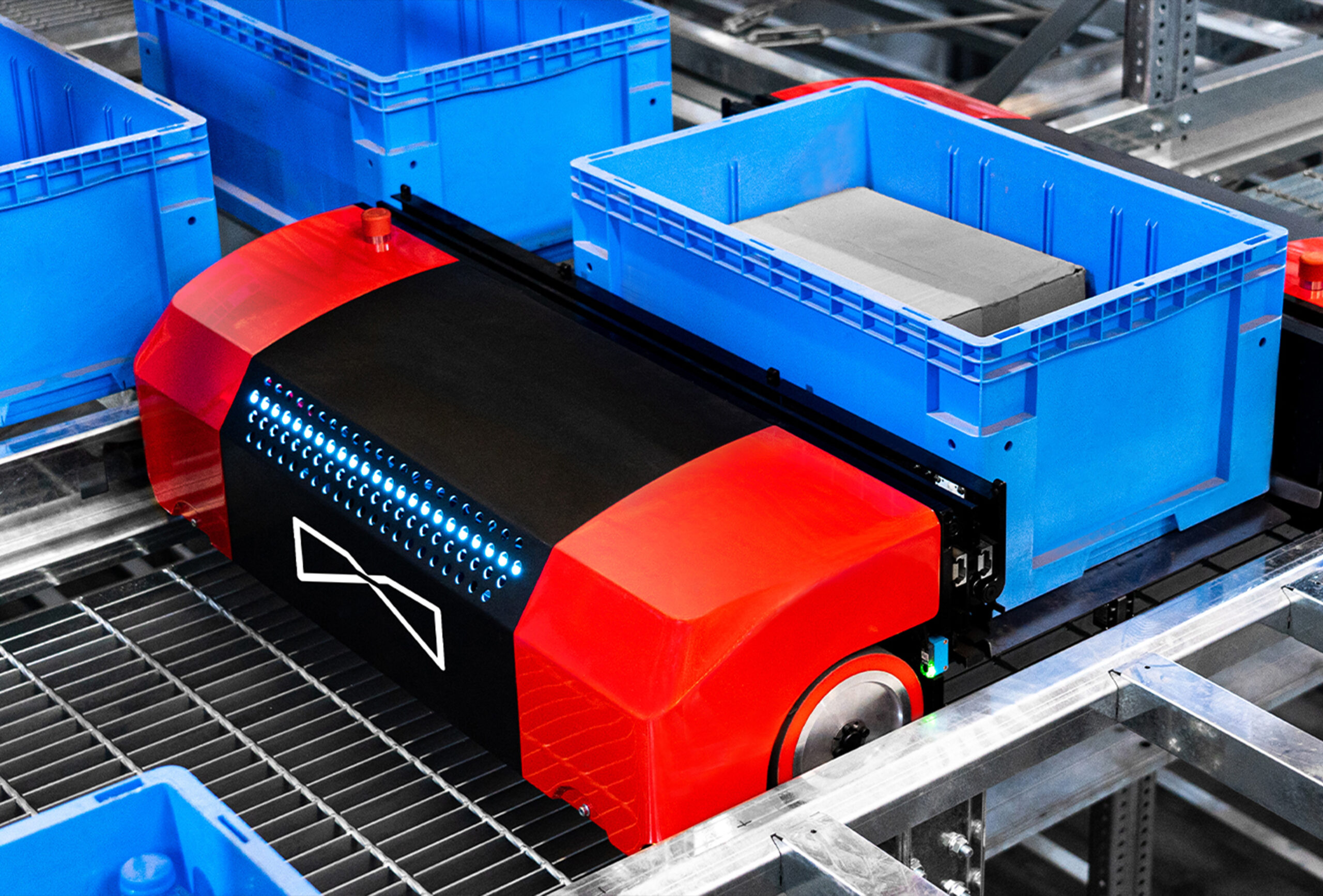
In any organization, implementing change can be challenging. Whether you’re proposing a new process, technology, or strategic initiative, getting your colleagues behind your idea is essential for its success. One of the most effective ways to inspire others to support change is through storytelling. A well-crafted story can turn an abstract idea into something relatable, compelling, and actionable.
This is especially true when working in the supply chain. We are so used to measuring every aspect of an operation that we believe the numbers will motivate people to get behind a new idea. The numbers are good and necessary to get your CFO to green-light the project, but a good story about why the change is needed will get you past all the hurdles between you and that CFO meeting.
Here are some reasons why:
- Stories Create Emotional Connection: A story puts a human face on the change you want to make. When people hear a relatable narrative—whether it’s about a customer problem, a personal experience, or a hypothetical scenario—they become emotionally engaged. This connection helps colleagues see the change not just as another project but as something that matters. I’ve found it helpful to paint a picture of the challenges an organization faces when it must scale staffing so quickly that its culture begins to evaporate—right when it’s needed most.
- Stories Simplify Complexity: Change can feel overwhelming, especially when tied to complex ideas or technical jargon. By framing the change within a simple, relatable story, you can break down complexity into digestible pieces. A good analogy—such as comparing a supply chain process to a well-oiled machine—can quickly clarify the change you are proposing.
- Stories Make Change Memorable: A good story sticks in the mind longer than a PowerPoint presentation filled with bullet points. When you wrap your message in a narrative, people are more likely to remember it and share it with others. This organic spread of your message can help build momentum and gain wider support throughout your organization.
How to Craft Your Story
If you want to drive change in your organization, don’t rely solely on facts and figures. Craft a story that resonates emotionally, simplifies complexity, and shows the need for action. When your colleagues see themselves in the narrative and understand the stakes, they are much more likely to support and champion the change alongside you.
5 Keys to Crafting Your Supply Chain Improvement Story
To ensure your story resonates and inspires action, keep these five key elements in mind when crafting a supply chain improvement narrative:
- Start with a Problem: Frame your story around a specific issue or pain point in the supply chain. This could be delays, inefficiencies, or errors in order fulfillment. When you start with a relatable problem, it creates an immediate connection, as most colleagues will recognize the challenge you’re addressing.
- Use Real-World Examples: Illustrate your story with real-world examples from your own organization or the industry. Highlighting a time when an outdated process led to a costly mistake, or when a customer was dissatisfied due to inefficiencies, makes the story tangible and more compelling.
- Show the Impact of Not Changing: It’s crucial to show the consequences of not adopting the improvement. “What will happen if things stay the same? Will operational costs spike, lead times grow, or customers turn to competitors? Will we fail when volumes are highest? Demonstrating the negative impacts of inaction can help build urgency for the proposed changes.
- Paint a Vision of the Future: After outlining the problem, describe what the future could look like once the improvements are made. Show how the change will positively impact operations, improve efficiencies, reduce costs, or boost customer satisfaction. Make the future state seem not only desirable but also achievable.
- Personalize the Call to Action: Make sure each person in the audience feels involved in the solution. Tailor your message to the people you are speaking to, whether it’s senior management, frontline workers, or cross-functional teams. Explain how the change benefits them directly and how they can be a part of making it happen.
Ready to tell a story that moves your organization to improve?
Lift Automation specializes in streamlining DC operations through tailored automation solutions. Whether you know exactly what needs to be done, or you are looking for help defining the right next steps, our expert team can design a solution that fits your needs. Reach out today to optimize throughput and ensure smooth operations year-round.



